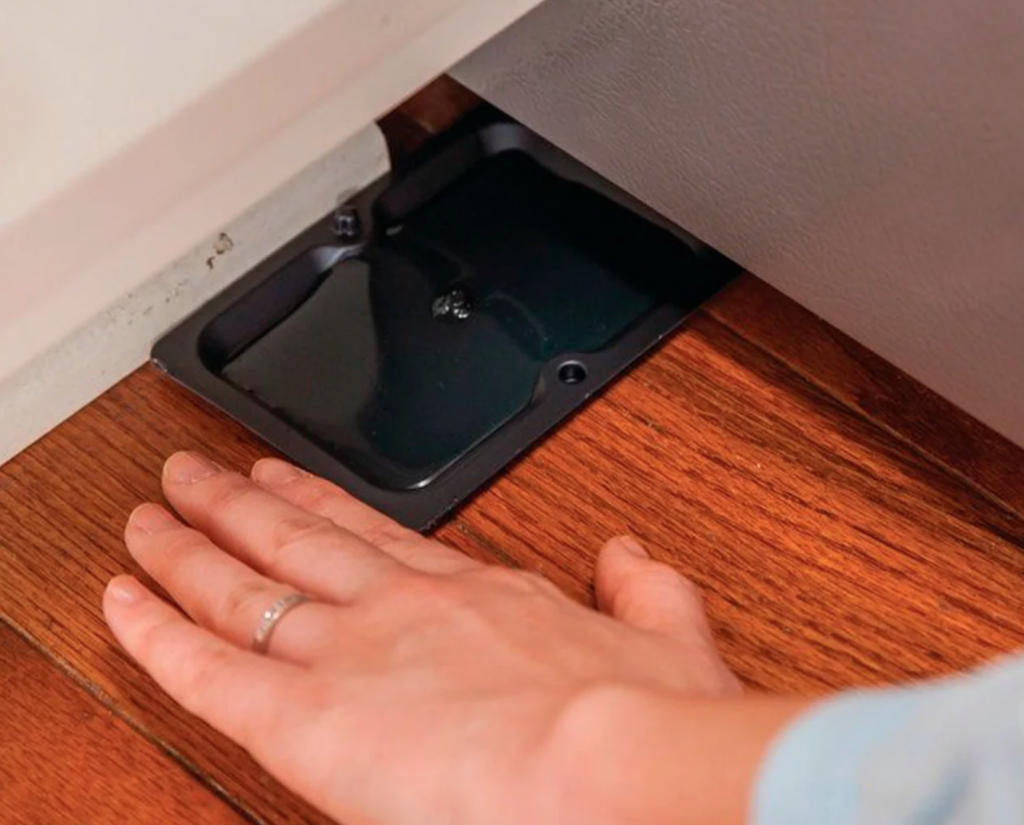Use common items in your home to eliminate rodents.
Many store-bought, ready-to-use mouse baits are harmful to humans and pets so these aren’t advisable to use in homes. But you don’t have to live with mice infestation since there are many mouse baits that you can actually make at home! These homemade mouse baits are just as effective as store-bought baits, too, meaning these are fatal to mice and rats.
Keep in mind that when you use these homemade mouse baits, you have to regularly check the areas where you placed them including the mousetraps. Since mice and rats will die from their ingestion of these baits, regular monitoring is a must to remove dead rodents.
Also, you should place these homemade mouse baits in areas where rodents are most likely to pass by and pets and children are least likely to touch. These include near baseboards and walls, which mice travel along since they have to use their whiskers to feel the place, so to speak.
By the way, if you’re looking for non-lethal mouse baits, you can find plenty of them here.
Baking Soda
Most households have baking soda because of its numerous uses, from cleaning teeth and surfaces to baking cakes. You may drink a mixture of baking soda and warm water for relief against an upset stomach or bloating without suffering side effects. But while it’s safe for human consumption, it’s deadly for rodents!
How does it work? Mice cannot expel carbon dioxide, or pass gas, in the same way that we do. When mice consumes baking soda, even in small quantities, the gas builds up inside their stomach. With little to no way to pass carbon dioxide, they will likely die.
Just as with dry cement mix, baking soda on its own isn’t effective as a mouse bait. It must be mixed with a tasty filler – at least, where the mice are concerned – like:
- Mix peanut butter and baking soda in equal parts. Make it into pea-sized balls and place them in mousetraps and other places where mice are seen.
- Combine sugar, flour and baking soda; mix well. Place the powder mixture inside a shallow lid, put it near a wall or where mice have activity, and let it be. The mice will come to the lid and eat the mixture soon enough.
- Mix cocoa powder and baking soda in equal parts. Place it in a shallow lid, too, and use as mouse bait.
Boric Acid and Chicken Broth
Boric acid is also deadly to mice and rats, but it’s relatively safe for external use among humans. You can buy boric acid in supermarkets, usually placed near laundry products.
Chicken broth acts as a tasty filler for boric acid, just like in the case of baking soda and peanut butter or cocoa powder. Plus, its aroma attracts mice easily so they will eat the mouse bait soon enough.
Place two tablespoons of dry boric acid in a small bowl, mix a small amount of chicken broth into it, and combine well until a paste is created. Then, roll the mixture into pea-sized balls and use them as bait.
You should ideally replace these balls on a daily basis since these will dry out and, thus, be unattractive to mice and rats.
Plaster of Paris
This is usually used in making casts and molds but it’s an effective mouse bait, too. Mix about equal amounts of dry plaster of Paris with either corn meal or sugar. Place the mixture in a shallow lid and put it on mousetraps and other areas.
The plaster of Paris kills rodents when it mixes with stomach juices that, in turn, results in its hardening. The rodents will die a quick death.
Vitamin D
You may have expired Vitamin D tablets at home that can be used as mouse bait. Vitamin D works by increasing the calcium levels in a mouse’s body resulting in the calcification of its heart. It may take 2-3 days before death happens but it will likely happen.
Mix a tablespoon of peanut butter and three Vitamin D tablets. Roll into pea-sizes balls and use as mouse baits.
Mice and rats are wily creatures that can survive even extreme conditions where other animals won’t survive, much less thrive. Their adaptive mechanisms are such that they can enter nearly every manmade structure in their search for food, water and shelter. Their preferred location is dark, dry and warm, the perfect conditions for breeding.
Don’t even think that mice and rats can’t climb walls because they can easily do so! They can enter through open windows even up to the third floor, as well as enter through cracks and crevices in the basement and foundation. Even an entry point just ¼-inch is sufficient for it to come in, as well as quickly chew through insulation and caulking.
These rodents are also attracted to clutter where they can get shelter materials as well as to food and drinks in cabinets, trash bins and pantries. For this reason, it’s crucial to keep your environment as clean and tidy as possible to prevent rodent infestation. Be sure to store boxed food items in glass jars so these rodents don’t chew through the material.

